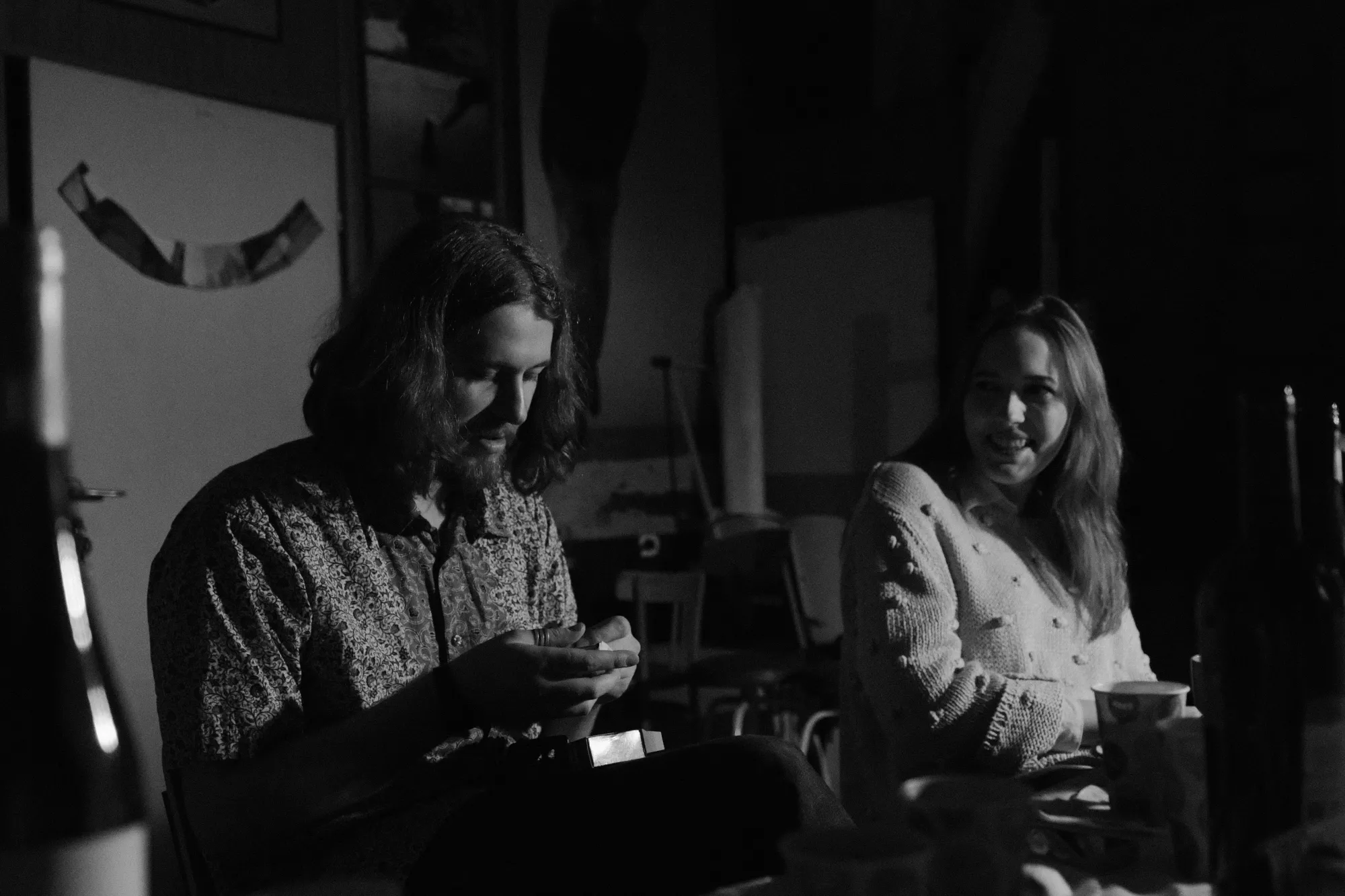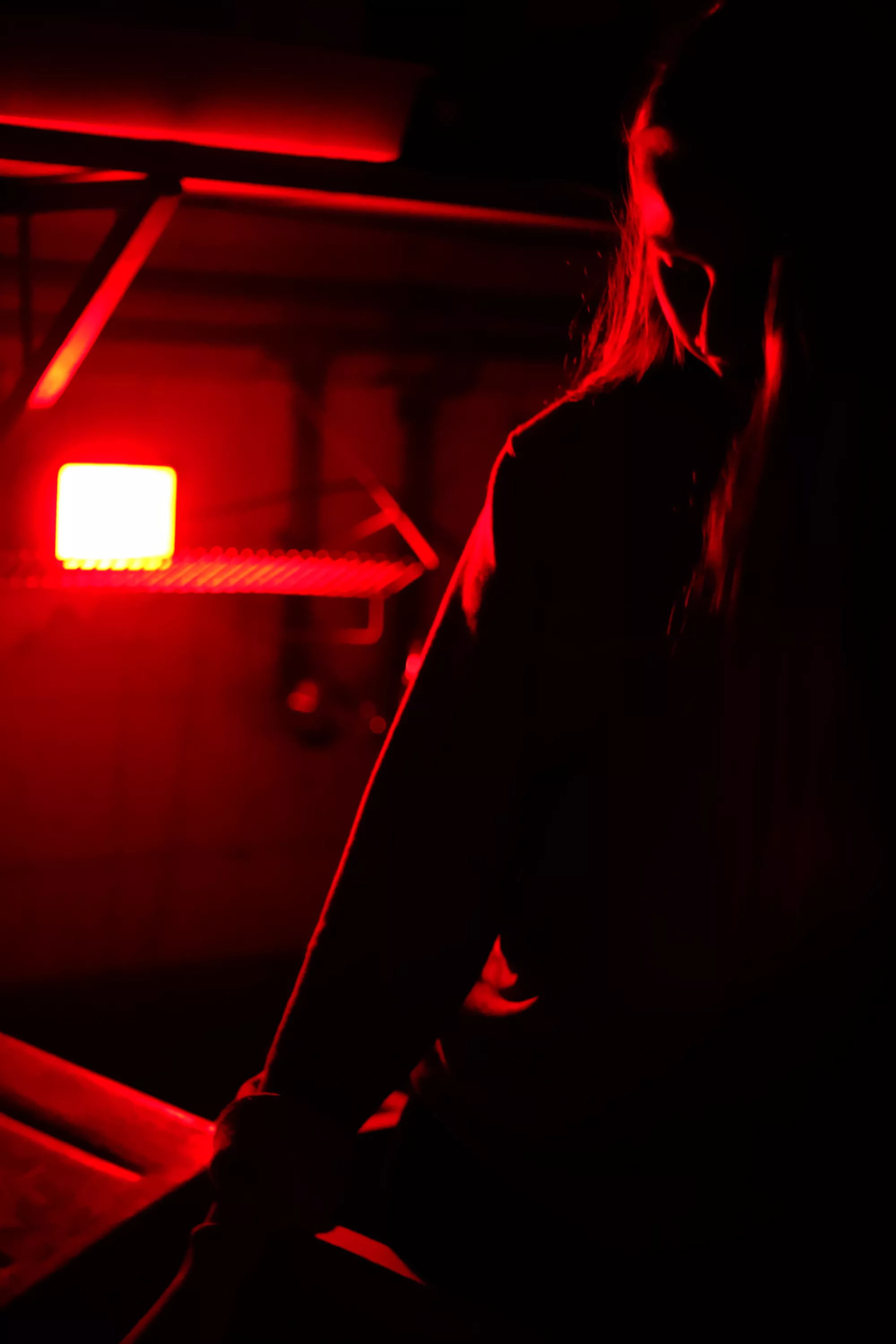According to August Sander, "there are no shadows in photography that cannot be lightened." The chair of the student research group SKN ANALOG noticed that it is thanks to photography that one can see how important light is in architecture. Aleksandra Błecka talks about how an analog camera helps in perceiving architecture.
Who are the members of SKN ANALOG?
Analog is a group of architecture students operating at the Interior Design Department in the Photography and Aesthetics Studio of the Institute of Architecture and Urban Planning of Lodz University of Technology. The idea for the initiative was born around 2014 when TUL students decided to start exploring knowledge about analog photography (hence the name).
What projects have been the most fascinating so far?
We have several exhibitions to our credit. The first one is "Black and white world" as part of the Science, Technology and Art Festival in 2017. We presented our analog prints there. The second serious challenge turned out to be a photographic plein-air in Kolumna, which focused mainly on wooden architecture. It was crowned with the exhibition "Kolumna - Forest - City - Garden", where together with the student research group "9th Floor" we presented, among others, inventory drawings and photos from the photographic plein--air. We also have many sessions in the atelier and photo reports from events at Lodz University of Technology.
How does analog photography help in perceiving architecture?
In our field, it is especially important to deepen knowledge in the field of photography, because thanks to it we learn the basic principles of composition and proper planning of space in architecture. In turn, its analog form also teaches us patience and perseverance in striving for the desired result, because, unlike digital photography, we have a limited number of photos to take. It is always worth thinking about the frame and planning a composition that satisfies us. Thanks to photography, we start to notice more details and details, we notice how big a role light plays in architecture.
How can one join your group?

You can join the SKN Analog by sending an application by email (knanalog@gmail.com) or contact us through our Instagram account (@knanalog). During the pandemic, we were not able to make prints, although we managed to gather a large database of photos, which we shared on our Instagram. Our activity was limited, so this academic year we were strongly focused on new recruitment. It allowed us to expand the group with many creative students.
What plans do you have for the near future?
We plan to continue popularizing analog photography among students by organizing a series of workshops with representatives of various creative environments, both from Lodz universities and from other places in Poland. We are currently preparing for photographic plein airs and for the exhibition. We would like it to have a wider reach than just university. More will be available on our social media soon. We are also thinking about new plein airs. Certainly, our goal is Krakow, where we could document the beautiful architecture of the historic city. We are also planning a plein-air abroad if there is such a possibility.

What is a student research group for you?
They integrate people with similar interests. I treat Analog as a kind of escape from daily duties. I joined the group 3 years ago with friends from the year who were interested in photography. I started my chairmanship relatively recently, because only this academic year. I manage to combine individual duties, and together with the other members of the circle we create a well-coordinated, supportive team. Despite the fact that studies are demanding, participation in an undertaking that is in the circle of my interests drives me to work.
Does activity in a student research group give new perspectives?
It definitely allows you to develop passions, look at the projects being carried out from a different angle, which, thanks to the uniqueness of ideas, allows you to stand out in the job market. Thanks to membership in Analog, we are more confident, we are not afraid to deal with so-called paperwork. I think that every graduate appreciates the fact that they could co-create our (but not only!) research group. It's a great adventure and an opportunity to gain experience among people with whom we share the same interests!
Interviewed by: Paulina Krygier
Photos: private archive of Aleksandra Błecka and SKN Analog collections

